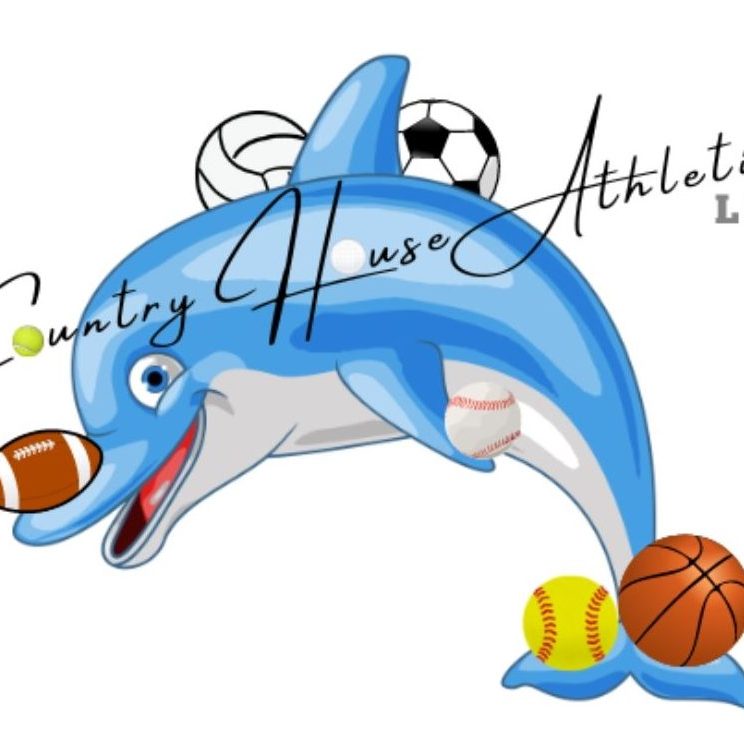As a parent of a young athlete, you’re probably used to hearing:
“Make sure you drink plenty of water!”
And you’re absolutely right to say it. But here’s the thing—hydration isn’t just about drinking lots of water.
It’s about replacing what your athlete is losing and doing it in the right amounts.
Let’s break down what fluid replacement really means, why it’s so important in youth and high school sports, and why even too much water can become dangerous if we’re not careful.
🔄 What Is Fluid Replacement?
When your child exercises—especially in the heat—they lose water and electrolytes (like sodium and potassium) through sweat. Replacing these losses keeps the body functioning at its best, helping to:
- Maintain energy and focus
- Prevent muscle cramps
- Regulate body temperature
- Avoid dangerous heat illnesses like heat exhaustion or heat stroke
Fluid replacement simply means putting those lost fluids and electrolytes back into the body during and after activity.
🧂 Why It’s More Than Just Water
Sweat isn’t just water—it’s also salt. That’s why serious hydration talks also include electrolytes.
If your child only drinks plain water but doesn’t replace lost sodium (especially during long or intense practices), the balance of fluids and salts in the body can get thrown off.
That’s where something called hyponatremia can sneak in.
⚠️ What Is Hyponatremia?
Hyponatremia is a condition where the sodium level in the blood gets too low—usually because someone drank too much plain water without replacing electrolytes.
While it’s rare, it can happen in young athletes during:
- Multiple practices in one day
- Long training sessions in extreme heat
- Events where parents or coaches push “just keep drinking water” without monitoring for electrolyte loss
Symptoms of hyponatremia can include:
- Headache or confusion
- Nausea and vomiting
- Swelling of hands or feet
- Seizures in severe cases
Again, it’s not very common, but it is real—and the goal is to strike a safe, healthy balance.
💧 How Much Should My Athlete Be Drinking?
A general rule of thumb:
Half to one ounce of water per pound of body weight per day.
Example: A 100-lb athlete should aim for 50–100 ounces of fluid across the day.
On practice/game days:
- 16–20 oz of water 2 hours before activity
- 5–10 oz every 20 minutes during activity (more in high heat)
- Replace 16–24 oz for every pound of body weight lost post-activity
🧂 If the activity lasts longer than an hour, or your child is a “salty sweater” (white stains on clothes or gear), sports drinks or electrolyte tablets may be appropriate.
🛠️ Parent Strategies to Support Hydration at Home
- ✅ Pre-hydrate: Encourage regular fluid intake all day—not just right before practice.
- ✅ Pack a water bottle with marked measurements so your athlete knows how much they’re drinking.
- ✅ Use salty snacks (pretzels, crackers, cheese sticks) around workouts if your child doesn’t like sports drinks.
- ✅ Know the signs of dehydration: dark urine, dry lips, headache, irritability, or cramping.
- ✅ Watch for overhydration: Encourage drinking to thirst during activity, and make sure they’re also getting some electrolytes.
🧠 The Big Picture: It’s About Smart Hydration, Not Just More Hydration
As a parent, your role in your athlete’s performance and safety is bigger than you might think. Hydration isn’t just the coach or athletic trainer’s responsibility—it starts at home, in the kitchen, and in the habits you help them build. Encourage your athlete to listen to their body, drink throughout the day, and not overdo it during games or practice.

No responses yet